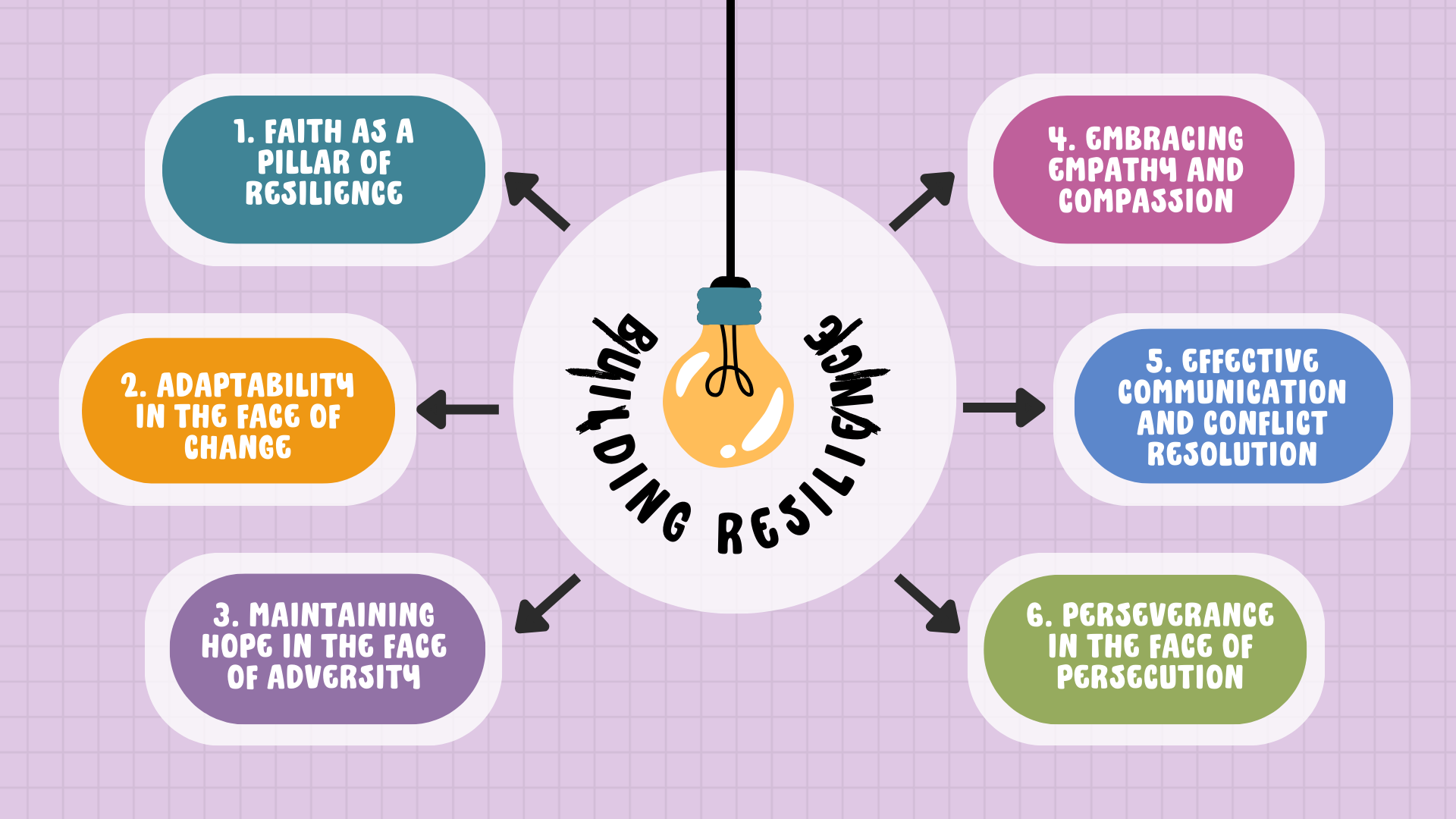Resilience, the ability to bounce back from adversity, is a quality admired and sought after by individuals facing the challenges of life. In the quest for guidance on building resilience, one can turn to the life of Prophet Muhammad (peace be upon him), whose experiences offer profound lessons in facing hardships with unwavering strength and grace. In this exploration, we delve into key aspects of the Prophet’s life that illuminate the path to resilience, providing timeless insights for those navigating the complexities of the modern world.
1. Faith as a Pillar of Resilience:
Prophet Muhammad’s life was anchored in unwavering faith, serving as a source of strength during moments of adversity. His trust in the divine plan allowed him to face challenges with resilience, recognizing that difficulties are transient and ultimately under the control of a higher power. The Prophet’s faith was not only a personal anchor but also a guide for others, illustrating the importance of spiritual grounding in building resilience.
The Battle of Uhud stands as a powerful example. Despite facing significant losses, Prophet Muhammad’s unwavering faith and trust in God’s wisdom enabled him to rally his followers and continue their journey. This lesson in resilience emphasizes the transformative power of faith in overcoming setbacks.
2. Adaptability in the Face of Change:
Resilience is closely tied to one’s ability to adapt to changing circumstances. Prophet Muhammad exemplified adaptability throughout his life, demonstrating the importance of flexibility in the face of challenges. The migration from Mecca to Medina, known as the Hijra, is a pivotal example of the Prophet’s adaptability.
Faced with persecution in Mecca, Prophet Muhammad led his followers to a new city where they could practice their faith freely. This migration not only saved the Muslim community but also marked a turning point in Islamic history. The Prophet’s ability to adapt to new circumstances and seize opportunities for growth underscores the significance of flexibility and resilience in navigating life’s twists and turns.
3. Maintaining Hope in the Face of Adversity:
Resilience often requires maintaining hope, even when faced with seemingly insurmountable challenges. The Prophet’s life is filled with instances where hope triumphed over despair. The Treaty of Hudaybiyyah, initially perceived as a setback, ultimately paved the way for peace and prosperity.
The terms of the treaty were unfavorable to the Muslims, but Prophet Muhammad’s unwavering hope and trust in divine wisdom turned the tide. This pivotal moment teaches us that maintaining hope, even in the darkest of times, can lead to unforeseen positive outcomes, emphasizing the importance of a positive mindset in building resilience.
4. Embracing Empathy and Compassion:
Prophet Muhammad’s life was characterized by empathy and compassion, virtues that played a crucial role in building resilience within the Muslim community. In times of hardship, the Prophet’s compassionate leadership provided solace and support to those facing difficulties. The story of the woman who used to throw trash on the Prophet daily is a poignant example.
Rather than responding with anger or resentment, Prophet Muhammad responded with kindness and empathy. When the woman fell ill and was absent, he visited her, showcasing the transformative power of compassion. This lesson teaches us that resilience is not only an individual endeavor but a collective journey, and fostering empathy can strengthen the bonds that help communities endure challenges.
5. Effective Communication and Conflict Resolution:
The Prophet’s life is replete with examples of effective communication and conflict resolution, essential skills in navigating the complexities of life. The Constitution of Medina, a document drafted by Prophet Muhammad to establish peace and cooperation among diverse communities, exemplifies his commitment to resolving conflicts through dialogue.
The emphasis on open communication, mutual respect, and the inclusion of various factions in decision-making processes laid the foundation for a resilient and harmonious society. This lesson underscores the importance of effective communication in building bridges, resolving conflicts, and fostering resilience within communities.
6. Perseverance in the Face of Persecution:
Prophet Muhammad’s life was marked by numerous trials, including intense persecution in the early years of his mission. The resilience he displayed during these trying times serves as a powerful example for those facing persecution and adversity today. The story of Bilal ibn Rabah, a companion of the Prophet who faced brutal persecution, highlights the strength of perseverance in the face of oppression.
Bilal’s unwavering commitment to his faith, despite enduring physical and emotional torment, reflects the resilience instilled by Prophet Muhammad. This teaches us that perseverance, coupled with a strong sense of purpose, can empower individuals to withstand even the harshest conditions.
Conclusion:
The life of Prophet Muhammad (PBUH) is a wellspring of timeless lessons in building resilience. His unwavering faith, adaptability, hope, empathy, effective communication, and perseverance in the face of adversity provide a comprehensive guide for individuals seeking to navigate life’s challenges with strength and grace. In embracing these lessons, we can draw inspiration from the Prophet’s legacy, fostering resilience within ourselves and our communities. As we reflect on these teachings, let us strive to embody the qualities that made Prophet Muhammad a beacon of resilience, ensuring that his legacy continues to inspire and guide generations to come.


